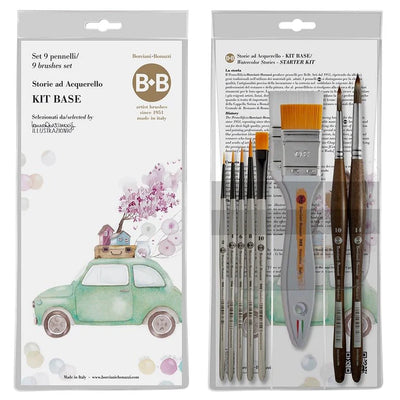Table of Contents
Understanding Canvas as a Medium
Preparing the Canvas for Painting
Techniques for Painting on Canvas
Choosing the Right Paints and Tools
Understanding Canvas as a Medium
Canvas has been a popular surface for painting for centuries, and for good reason. It's a versatile material that provides a sturdy, reliable surface for both acrylic and oil paints. However, painting on canvas does require some understanding of the medium itself. The texture of the canvas can significantly impact the final outcome of your artwork. The weave of the canvas, whether it’s coarse or fine, can add depth and dimension to your painting. It's important to know how these factors will affect your painting process to ensure you get the best results.
Preparing the Canvas for Painting
Before you start painting, it is crucial to prepare your canvas. This process, known as priming, involves applying a substance called gesso to the canvas. Gesso makes the canvas less absorbent and allows the paint to adhere better. It also prevents the paint from soaking into the canvas, which could cause it to deteriorate over time. Priming your canvas can make a huge difference in the longevity and quality of your artwork. It's a step that shouldn't be skipped, whether you're a seasoned artist or a beginner.
Techniques for Painting on Canvas
There are various techniques you can use when painting on canvas. These can range from traditional methods such as glazing and impasto to more modern techniques like drip painting and abstract expressionism. The technique you choose will largely depend on your personal style and the type of artwork you want to create. It's worth experimenting with different techniques to find what works best for you. Remember, painting is a form of self-expression, so don't be afraid to try new things and push your boundaries.
Choosing the Right Paints and Tools
When it comes to painting on canvas, it's essential to choose the right paints and tools. Acrylic and oil paints are the most common choices for canvas painting. Both have their advantages and disadvantages, so it's important to understand these before you make your choice. The quality of your brushes and other tools also plays a significant role in the final outcome of your artwork. At THE SYDNEY ART STORE, we understand the importance of high-quality art supplies. Visit our website at https://thesydneyartstore.com.au/ for a wide range of painting materials suitable for canvas painting.













